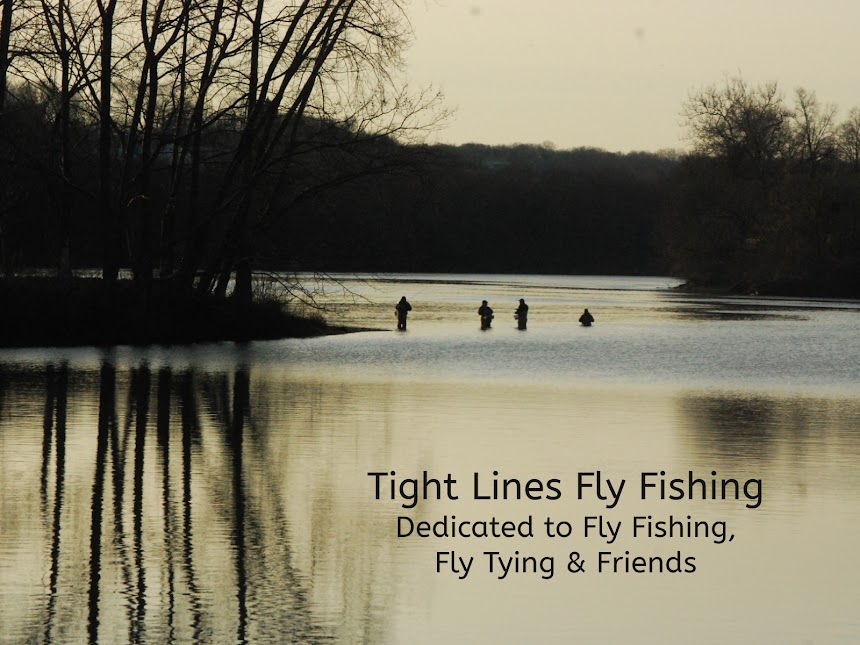Slumpbuster - A John Barr Streamer
Hook: TMC 5262 Size #2-#10.
Tying thread: 3/0 olive Monocord.
Cone: Silver or gold, brass or tungsten sized to match hook size.
Weight: Lead wire, sized to hook.
Rib: Brassie sized chartreuse ultra-wire.
Body: Silver Body Braid/Ribbon.
Wing: Olive Pine Squirrel Zonker Strip.
Collar: Olive Pine Squirrel Zonker Strip wrapped
hackle style.
Begin by sliding the cone
onto the hook and insert in your vise.
Make approximately 10-15 wraps of lead around the hook shank. Slide it up against the inside of the cone to
lock it in place. Begin your olive
thread at the end of the lead wraps.
Cover them and wrap down to the bend of the hook forming a uniform
slightly tapered body. Then coat the
wraps with ‘hard as nails. At the bend of the hook tie in your ribbing
material. Next tie in your body braid
material behind the cone and wrap your thread back to the bend. Make sure the length of body braid is long
enough to palmer and wrap your body.
After wrapping your body cut and tie it off behind the cone. Next tie in your zonker wing behind the
cone. It should be approximately 1½
times the length of the hook shank.
Slightly dampen the wing
material. Palmer and wrap the wire
ribbing forward through the wing. You
can separate sections of the wing after its dampened. Cut and tie it off at the cone. Next, tie in another zonker strip behind the
cone. It’s going to be your
hackle/collar. Make sure you wrap the strip around the hook
with the hair facing the bend of the hook. Two or less wraps is all you’ll need. Preen
the hair fibers back towards the bend of the hook as your wrapping the
collar. After two wraps cut and tie it
off. Apply some head cement to your
wraps. Your done. Below is a great instructional video from tighlinevideo on how to tie the Slumpbuster.
If you have any questions about this fly or
would like to submit a Fly of the Month, I can be reached at 203 305-3850 or
e-mail me at pdinice@frontier.com .



